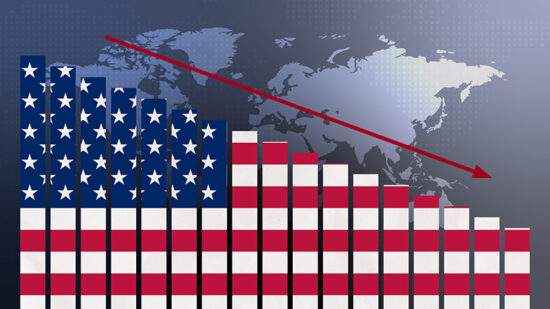In its simplest form, growth investing is picking stocks that should offer good growth potential, though you can take it up a notch by looking particularly at earnings potential or cashflow.
Why then has there been so much fanfare about growth investors’ relative outperformance, particularly versus the value approach, its presumed diametric opposite?
To quote Warren Buffett, growth and value investing are “joined at the hip”. After all, no manager will admit to buying or selling without considering price first. Still, there are a multitude of approaches to a growth philosophy, just as there are any with value or indeed any other style you care to name, such as contrarian, fundamentals or technical investing.
“It is all very well picking ‘star’ managers, but the vast majority of your excess returns will come from style exposures,” according to Stephen Peters, investment analyst at Charles Stanley.
“But you have to consider what growth means. Are you a high price/earnings to growth (PEG) ratio manager, a low book-to-price investor, a low cashflow yield manager or are you a momentum manager?”
Following the crowd
It is on that last point that Peters wants to provoke debate, believing that in their treatment of earnings revisions as a sign of ‘quality’, some managers may actually be momentum followers – something that is not exactly high on the list of desirable stockpicker attributes.
He explains: “I am not saying momentum is a bad strategy but it is a less desirable investment style to have, as if you say, ‘I’m going to look at charts and see what went up last month and buy it again this month’, that sounds lazy.
“But how many times have you heard managers say they look for positive earnings revisions, positive upgrades and good news flow? That is basically momentum investing. As an investment style it is well represented within the fund manager community.”
Fund managers in the growth camp all come up with variations on process versus their peers, even if many of them are looking at the same stocks, the US in particular.
Managed by Greg Adams, Alger’s Dynamic Opportunities Fund is based on ‘bull, bear and base’ scenarios built on detailed five-year models looking at companies’ balance sheets, income statements, cashflow, products and business lines.
According to Adams: “Our base price target is our primary view of where the stock can trade over the next year based on our modelling; the bull price is based on more optimistic assumptions (faster margin expansion, greater market share, faster product growth etc); and the bear target is based on a more pessimistic scenario.”








